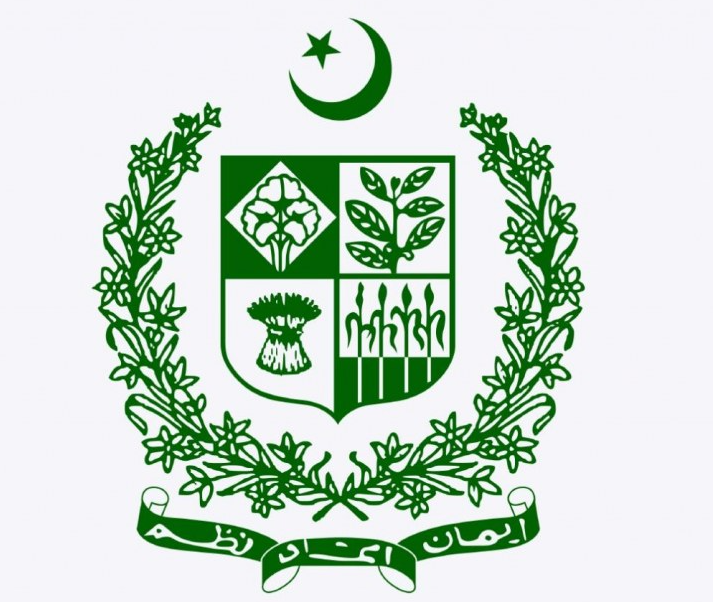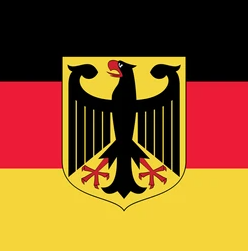Belarus, a landlocked country in Eastern Europe, boasts a rich cultural heritage and a distinct national identity. The Belarus National Emblem is an important symbol that represents the country’s history, values, and aspirations. In this article, we will explore the design, symbolism, evolution, legal protection, significance, controversies, and more, surrounding the Belarus National Emblem.
Historical Background of Belarus National Emblem
To understand the significance of the Belarus National Emblem, we must delve into its historical roots. Throughout its history, Belarus has been influenced by various neighboring powers, including the Grand Duchy of Lithuania, the Polish-Lithuanian Commonwealth, and the Russian Empire. These influences have shaped the country’s cultural and political landscape, ultimately influencing the design of its national symbols.
Design and Symbolism of Belarus National Emblem
The Belarus National Emblem consists of a shield, an ornament, and specific colors that hold symbolic meanings.
Shield
The shield at the center of the emblem features a golden field with an azure outline. It depicts an image of an armored knight on horseback, facing to the left. The knight is known as Pahonia, which translates to “the Pursuer.” Pahonia is a historical symbol associated with the Grand Duchy of Lithuania, representing chivalry, valor, and the pursuit of justice.
Ornament
Surrounding the shield, there is an intricate ornament with floral patterns and a ribbon. The floral patterns consist of clover leaves, ears of wheat, and cornflowers, which symbolize fertility, abundance, and the beauty of Belarusian nature. The ribbon features the national colors of Belarus: red and green.
Colors
The national colors of Belarus play a significant role in the emblem’s symbolism. Red symbolizes courage, valor, and the blood shed by the country’s defenders throughout history. Green represents the fertility of the land, the country’s agricultural traditions, and hope for a prosperous future.
Evolution and Changes in Belarus National Emblem
The Belarus National Emblem has undergone several changes throughout history, reflecting the country’s political shifts and evolving national identity.
Pre-Soviet Era
During the period of the Grand Duchy of Lithuania, the emblem primarily featured the Pahonia symbol, emphasizing the country’s strong ties to the medieval Lithuanian state.
Soviet Era
Under Soviet rule, the Belarusian national symbols were suppressed, and the emblem was replaced by Soviet symbols representing the Union of Soviet Socialist Republics (USSR).
Post-Soviet Era
Following the collapse of the USSR, Belarus gained independence, and the national emblem was reintroduced. The modern design of the emblem, with the knight on horseback, was adopted in 1995. However, debates and controversies surrounding the emblem’s design and political connotations continue to this day.
Significance and Usage of Belarus National Emblem
The Belarus National Emblem holds great significance for the people of Belarus. It serves as a powerful visual representation of the country’s identity, history, and values. The emblem is prominently displayed on official documents, government buildings, national flags, and various other official representations of Belarus. It is also used on currency, passports, and other national symbols.
The national emblem’s usage extends beyond official contexts. It can be found on cultural artifacts, traditional crafts, and even in popular culture, where it is often featured in artistic expressions such as paintings, sculptures, and clothing designs. The emblem serves as a unifying symbol, fostering a sense of national pride and solidarity among Belarusians.
Controversies Surrounding Belarus National Emblem
Like any national symbol, the Belarus National Emblem has not been immune to controversies and debates. The emblem’s design, particularly the inclusion of the knight on horseback, has been criticized by some who argue that it represents a glorification of a feudal past. Others view it as a symbol of resistance against foreign powers and a nod to the country’s historical heritage.
Additionally, the emblem has become intertwined with political ideologies and power struggles within Belarus. It has been subject to discussions and proposed changes, reflecting the ongoing societal and political dynamics in the country.
Conclusion
The Belarus National Emblem stands as a powerful representation of the country’s rich history, cultural heritage, and national identity. Its design, symbolisms, and colors convey the values and aspirations of the Belarusian people. Despite controversies and debates surrounding its meaning and political connotations, the emblem remains a unifying symbol that instills a sense of pride and belonging among Belarusians.
FAQs (Frequently Asked Questions)
1. What does the Belarus National Emblem represent?
The Belarus National Emblem represents the country’s history, values, and aspirations. It symbolizes chivalry, valor, justice, fertility, abundance, and hope for a prosperous future.
2. Has the Belarus National Emblem changed over time?
Yes, the emblem has undergone changes throughout history, reflecting shifts in political power and the evolving national identity of Belarus.
3. Are there any controversies surrounding the Belarus National Emblem?
Yes, debates and controversies exist surrounding the emblem’s design and political connotations. Some argue that it glorifies a feudal past, while others see it as a symbol of resistance and historical heritage.
4. How is the Belarus National Emblem used in everyday life?
The emblem is prominently displayed on official documents, government buildings, national flags, and cultural artifacts. It is also used on currency, passports, and other national symbols.
5. Is the Belarus National Emblem legally protected?
Yes, the Belarus National Emblem is legally protected, ensuring its exclusive use and representation by official authorities.
References
- Belarus.by. (n.d.). The National Emblem of Belarus. Retrieved from https://www.belarus.by/en/about-belarus/symbols/national-emblem
- National Symbols of Belarus. (2021). Retrieved from https://www.belarus.by/en/about-belarus/symbols
- Yurkevich, N. (2020). Historical Heraldry of Belarus. Retrieved from https://eurasian-research.org/publications/historical-heraldry-belarus

